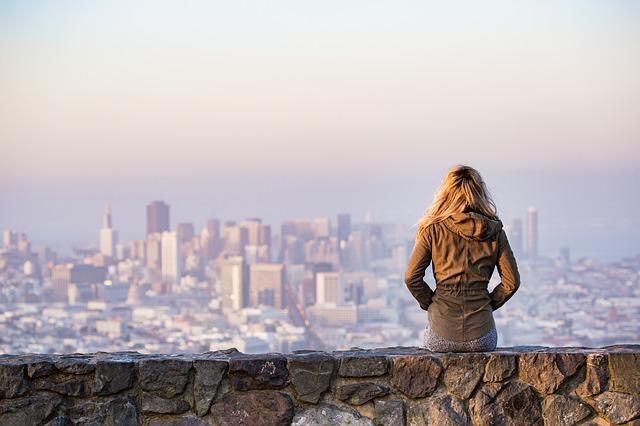Taking photos outdoors makes a photographer’s job a lot easier. Most of the time (unless it happens to be a bad weather day) the natural lighting and backgrounds, help to make your job so much easier.

Set Up Shots Ahead of Time
Having a plan for the type of shots you want to take is important for outdoor photos. Experiment with your settings in advance, on days with varying weather conditions, to give a reference point. Just check today’s weather so you know what settings you’ll need to apply.
Use Your Autofocus
Using autofocus doesn’t mean you’re a bad photographer. Predictive autofocus works for birds or any moving animal. You can lock on the image before you take the picture so that you can track the movement before you take the shot.
People Look Great Outdoors
There is hardly any lighting that works better than the lighting nature provides – not to mention the bountiful backdrops available. If your subject is the landscape with a person in it, it will help the audience gain perspective. If your focus is on the person, then the backdrop of nature can be blurred, so that the person stands out.

Right Place Right Time
The best shots happen when you are in the right place at the right time. When you see some great scenes happening, don’t delay or worry about camera settings – just start taking pictures. Set it on autofocus and automatic and just start framing the images. The frame is more important than worrying about camera settings.
Adjust Your Exposure
If you really want to capture vivid colours better, then it’s all about exposure. Play with the exposure, starting with dialling it down by -.05. It’ll make the image sharper, the blacks look blacker and the colours look more vibrant.
Look Down
The ground offers a great choice of background for portraits. Have your subject lay down and arrange some leaves around them, or they can lie in a field of grass, with their hair spread out. Nature provides such amazing beauty so remember to look down, as well as up.

Remember the Rule of Thirds
When you are aligning your subject in the viewfinder, pretend there is a nine-square grid in which you can easily arrange the image. This means that there are four areas of interest in the photograph, which are the interceptions of the lines. This is why you don’t usually put a person in the centre of a portrait but over to one side, with other things being in the shot too.

Zoom In
When you’re taking outdoor shots, reduce any ambiguity by zooming in on the main feature, that you want to catch the viewer’s eye. A good way to do that is to get what you think is your shot in the viewfinder, then zoom in slightly to take out anything extra.
Most of all, you should experiment with different shots. Instead of thinking, about how you’re going to fix problems using digital editing software, try using your camera’s settings and applying the correct lighting to make your photos perfect from the start.








Leave a Reply